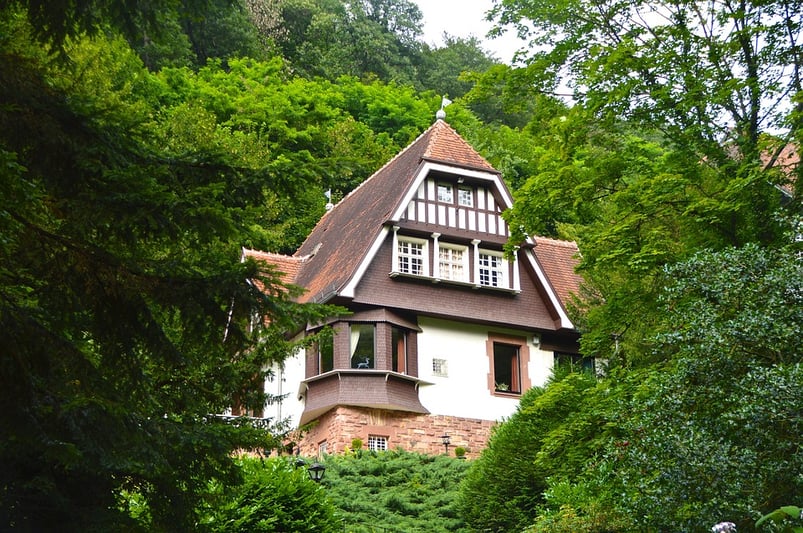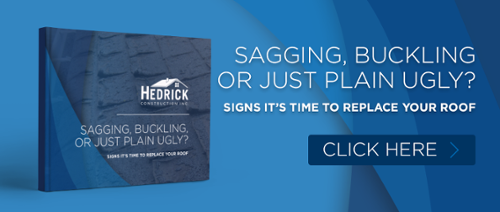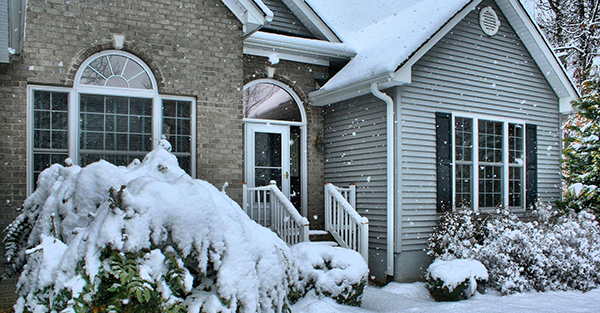 Trees are an important and beautiful part of your property, but they can also create problems for your roof when you least expect it. Luckily, there are ways you can minimize the risk of roof damage in any season. Today, we will look at some of the most common ways trees can damage your roof and how to protect your home before they do.
Trees are an important and beautiful part of your property, but they can also create problems for your roof when you least expect it. Luckily, there are ways you can minimize the risk of roof damage in any season. Today, we will look at some of the most common ways trees can damage your roof and how to protect your home before they do.
Hanging Branches
Hanging branches can harm your roof, regardless of their weight. If branches are hanging down on or near your roof, it may give termites and other harmful insects easier access to your roof and home. If the branch is rubbing against your roof throughout the year, it can also wear down shingles, leading to a greater risk of leaking and breakages.
If a heavy branch falls on your roof during a storm, it can cause extensive damage and pose a serious threat to you and your family. It's not only the heavy branches you need to watch out for, though; even lighter branches and twigs can be problematic. Since they regularly fall throughout the year, they could potentially pull off or damage shingles over time, leaving your roof exposed to rain and other elements. It’s important to have your tree regularly cut and maintained so that any excess branches are removed before they fall onto your property.
Moss Growth in the Shade
Trees can create the perfect environment for moss to grow on your roof. If a tree is providing excessive shade, moss could start to grow along the shingles. Moss can cause shingles to loosen or break, which significantly reduces a roof’s lifespan. While you may not be able to uproot a healthy a tree, you can have it trimmed back to prevent excessive shade and potential moss growth. If you're unsure whether you should take action, ask a local roofing contractor to inspect your roof and the surrounding trees and advise you on what steps to take to ensure your home and property are safe.
Falling Leaves and Overflowing Gutters
Falling leaves may look pretty, but they can cause serious problems to your gutter system and roof. Any fallen leaves, pine needles, or debris left in your gutters for too long can block water from flowing properly through the gutters and downspouts and safely away from your home. If blockage occurs, water can overflow onto your roof and down your home's siding. It can affect everything from your roofing system to your attic and foundation. Prevent these kinds of problems by scheduling regular trimmings, gutter cleanings, and roof inspections to ensure your gutters are flowing properly.
Falling Trees
As one of the most catastrophic examples, falling trees can do an incredible amount of damage to your roof and home. They also present a threat to anyone nearby. One of the best ways to prevent a tree from falling onto your home is by having an arborist check your property every year. They will check to see if nearby trees are sturdy and free from harmful insects and bacteria, among other common problems.
Regular Maintenance
An arborist should come by once a year to check your tree’s health and perform any required maintenance like trimmings or removals. They will remove any dead or at-risk limbs to prevent them from falling, and they can trim areas that are prone to affecting your home. Along with an arborist, you should also have your local roofer inspect your roof once every year to ensure it's in good condition. They can check shingles for any signs of moss or damage and assess your gutters, among other essential areas.
Your Local, Full-Service Roofers
Hedrick Construction is ready to keep your roof protected against trees in any weather, and if a tree has recently damaged your roof, we can fix the affected area to prevent further damage. We serve residential and commercial properties throughout Central Iowa, including Ankeny, Ames, and Des Moines. Contact us today for a roofing repair, inspection, or replacement estimate.








Comments